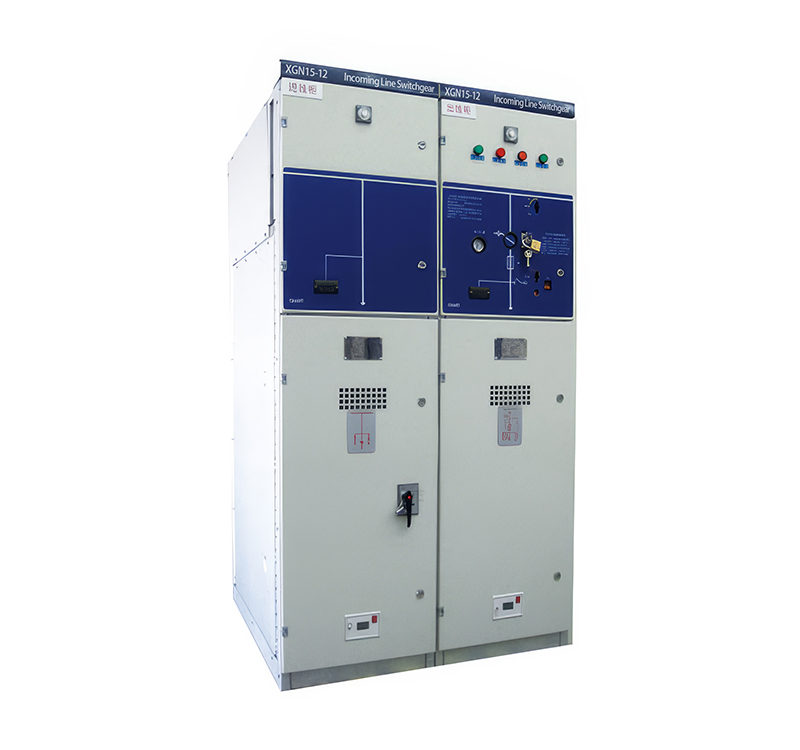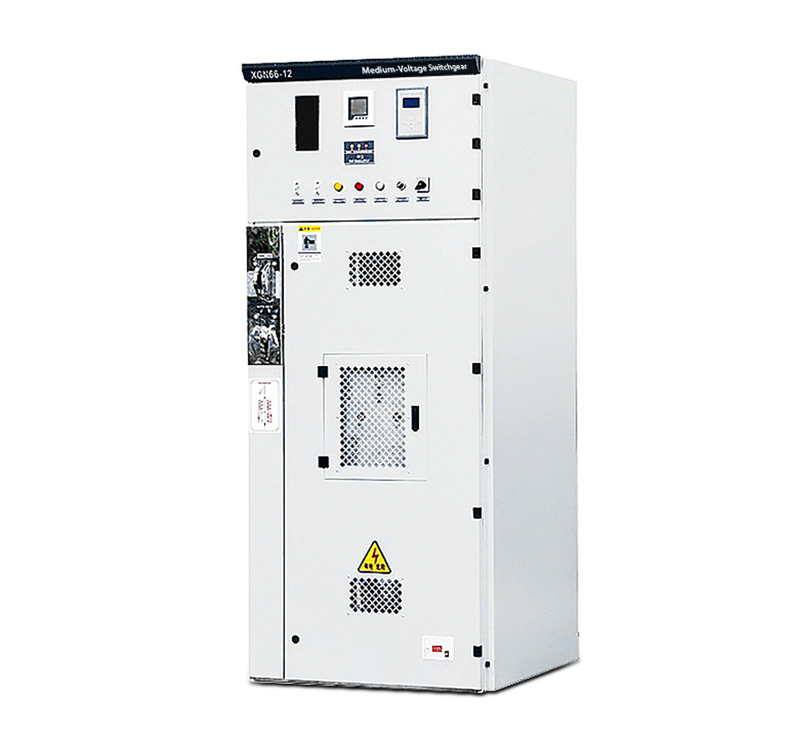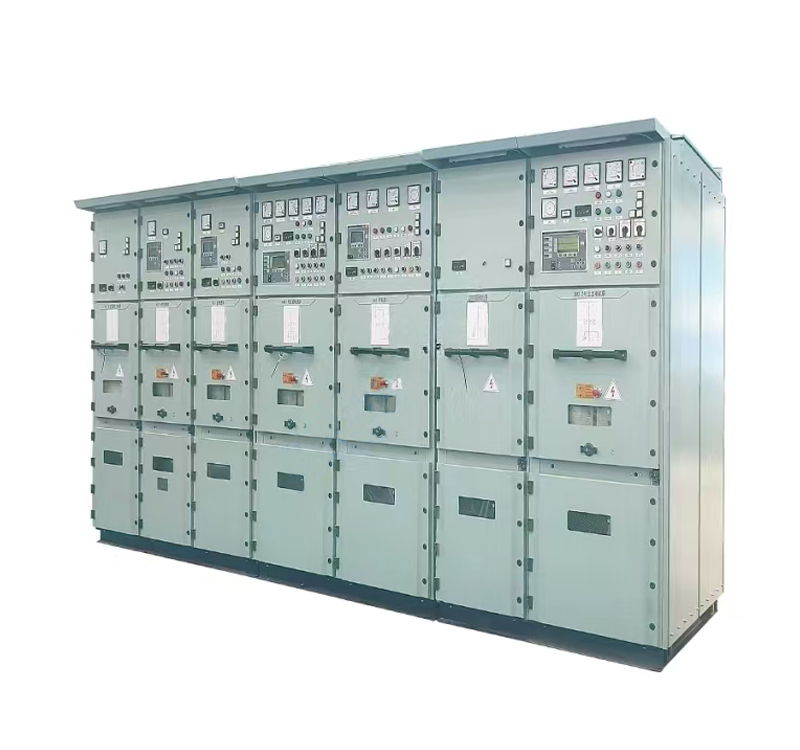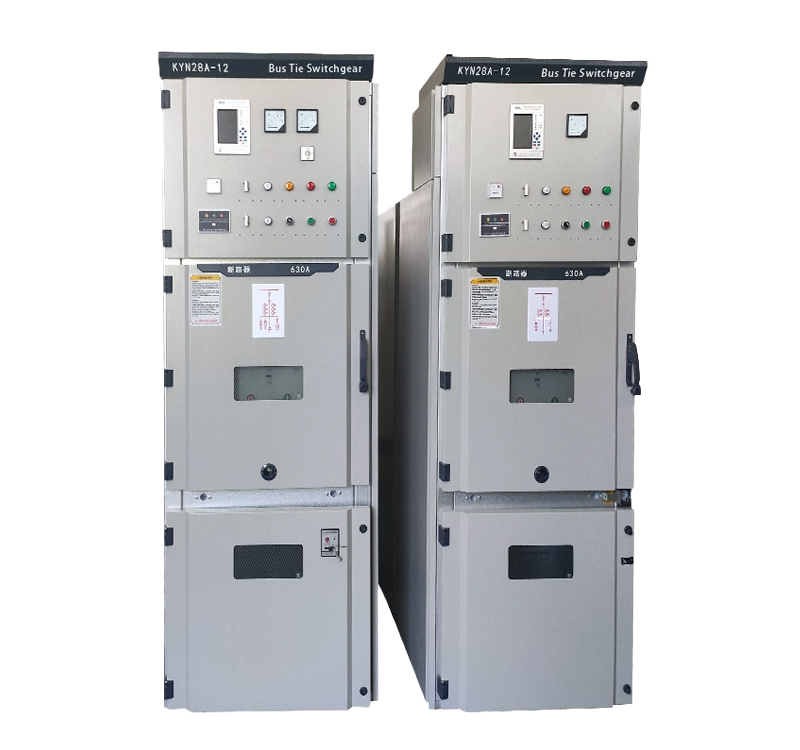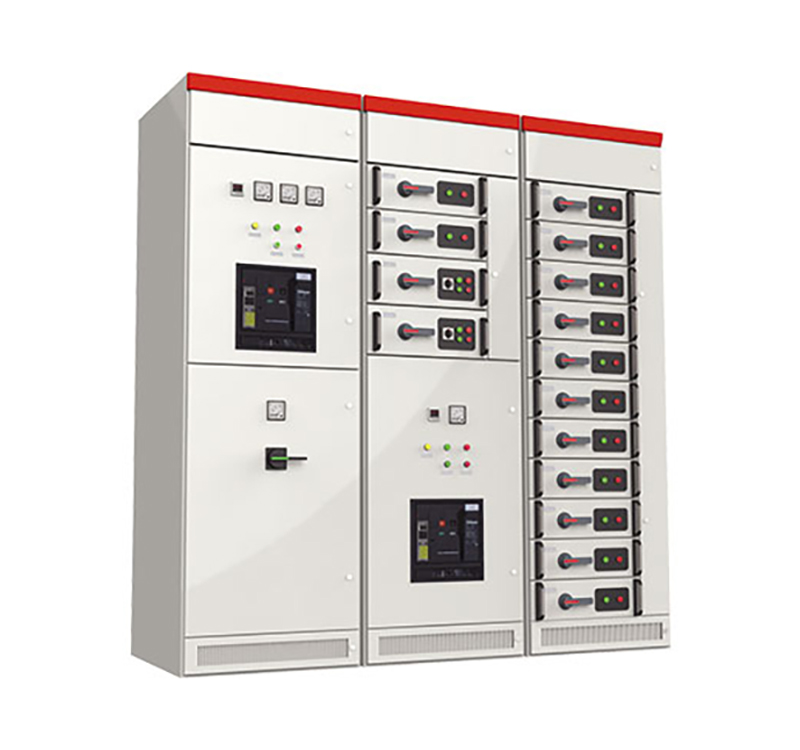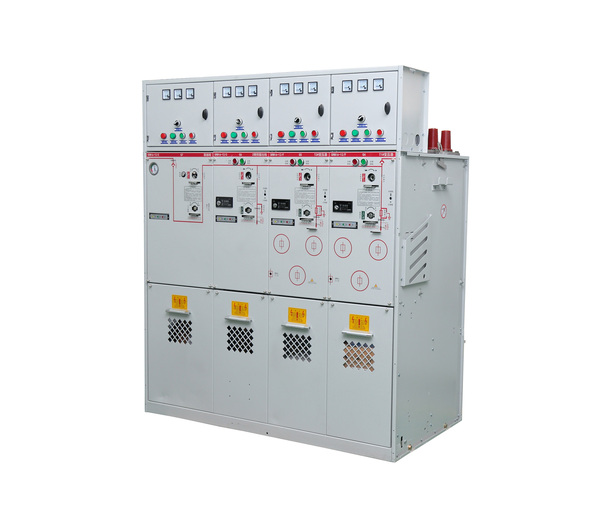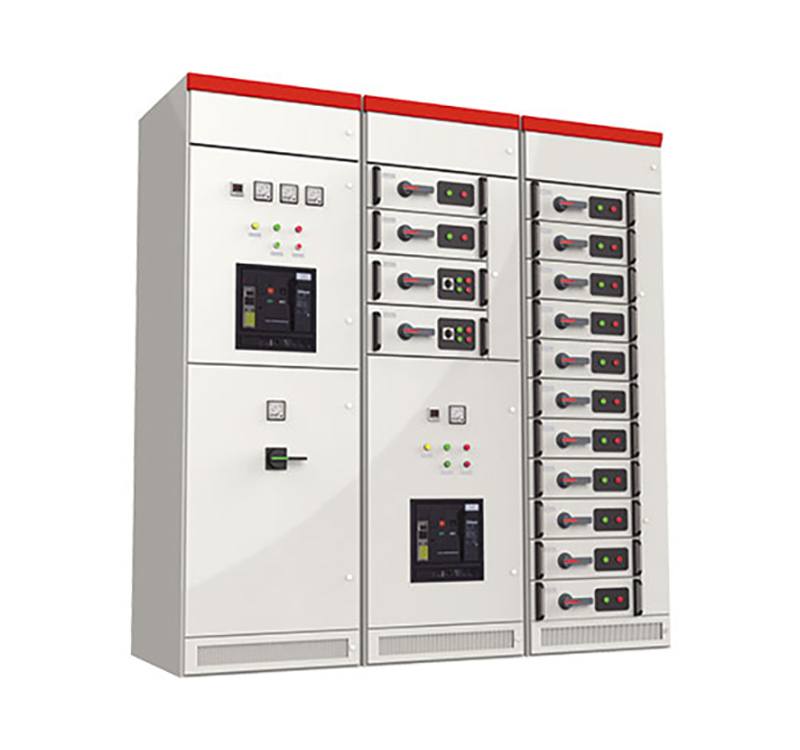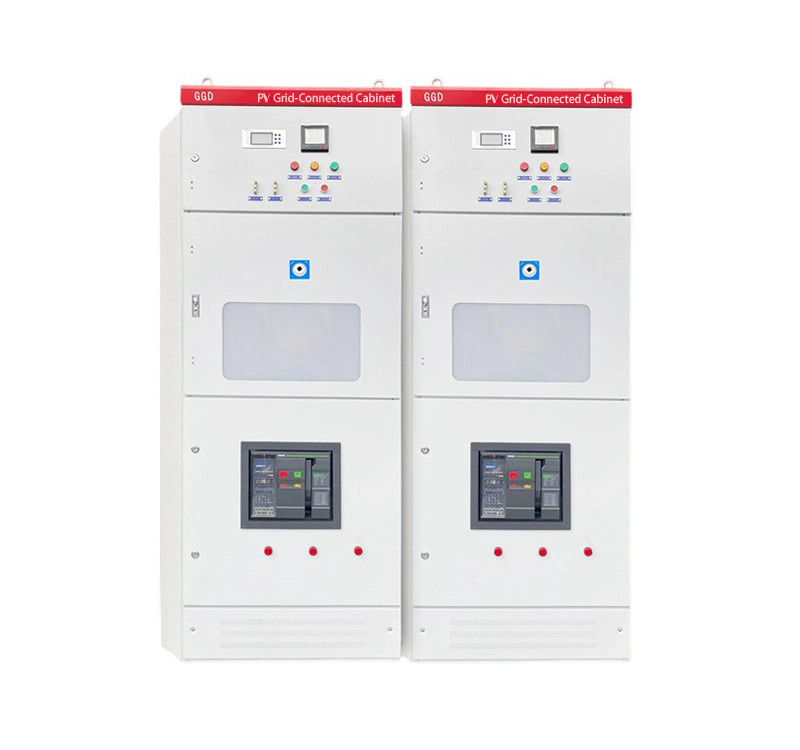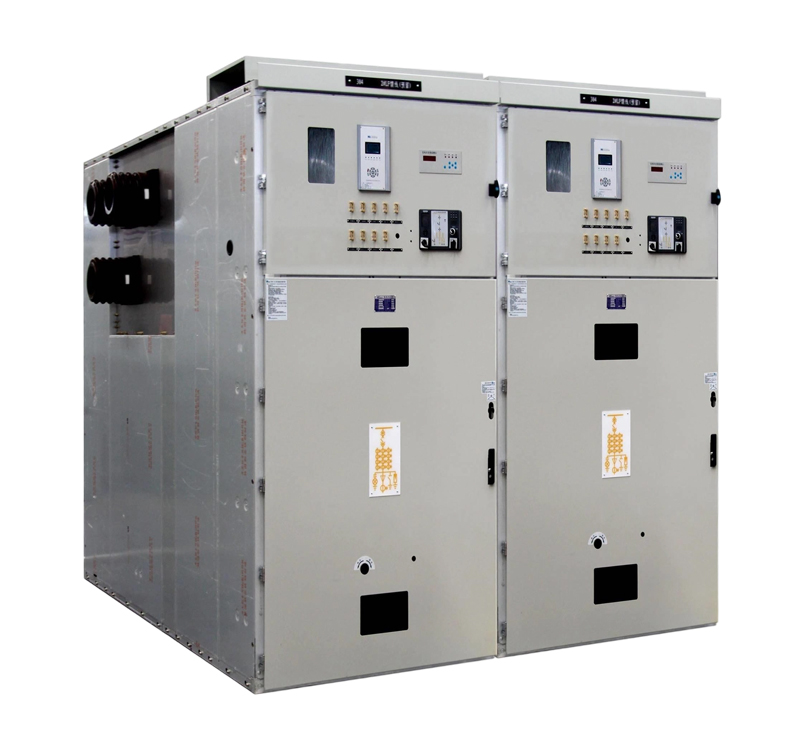
Type testing of medium voltage switchgear in accordance with IEC standards may involve two scenarios: First, testing at domestic accredited testing stations in compliance with the IEC 62271 series standards, resulting in test reports that conform to IEC 62271. Second, testing at international STL (Short-Circuit Testing Liaison) testing stations according to IEC standards and STL guidelines.
For the same voltage level, frequency, and grounding method, IEC and GB standard tests are relatively similar. In fact, some parameters, such as power frequency withstand voltage, are even lower in IEC standards compared to GB standards.
Domestic testing stations also conduct tests strictly in accordance with IEC standards, such as TRV parameters and test duties for short-circuit breaking tests of circuit breakers. Communication and logistics are generally more convenient, and international clients typically accept type test reports issued by Chinese testing stations with international laboratory mutual recognition marks. If certifications such as ASTA or TUV can be obtained through testing, the acceptance level abroad increases significantly, making the reports nearly as authoritative as those issued by international testing stations.
Due to differences in rated voltage between IEC and GB standards, as well as the requirement for 60Hz frequency, testing according to IEC standard voltages such as 17.5kV at 60Hz can be challenging for domestic testing stations. The need for voltage adjustment, frequency conversion, and parameter modifications significantly extends the preparation time for tests, thereby increasing costs. For such specific IEC market requirements, testing at international stations like KEMA is more convenient, professional, and potentially even more cost-effective.
Temperature Rise Test
In the IEC market, there is generally no requirement for a 1.1 times overload test. However, for 60Hz applications, the temperature rise is typically 1.05 times that of 50Hz. The test is generally stringent, with both sides of the switchgear tightly covered with 50mm thick foam boards. All other components must be sealed to simulate the actual operating conditions of the middle compartment accurately. Strict adherence to the requirement of busbars longer than 2 meters for incoming and outgoing connections is necessary. Temperature measurement points should be set according to standards, and there is generally no need to drill holes into solid-insulated poles to measure the temperature rise at lower connections.
Insulation Test
Insulation tests are conducted based on standard atmospheric correction factors. Tests between phases and across breaks are performed according to standard requirements after applying the corrected parameters.
Dynamic and Thermal Withstand Tests
At 60Hz, the peak withstand current is 2.6 times the short-time withstand current. For example, 31.5kA corresponds to 82kA. For grounding switches, the requirement is to ensure they can open immediately after the test. However, achieving immediate opening due to welding or thermal expansion can be challenging. Additionally, single-phase testing of the grounding circuit must be considered. For directly grounded neutral systems, the grounding switch must undergo testing under the most severe single-phase short-circuit current condition, typically for 1 second. In this case, the flexible connection of the grounding switch must withstand the short-circuit test, such as 31.5kA for 1 second. If the cross-sectional area is insufficient, it may burn out, leading to test failure.
Short-Circuit Breaking Test
IEC 62271-100 does not include Test Duty 4 (electrical endurance) as specified in GB/T 1984, which requires full-capacity breaking for 30/50 operations. For IEC reports, tests must be conducted according to Test Duties 1–3 in the IEC standard, which involve different combinations of short-circuit breaking tests. Test Duty 1 requires 274 operations, while Test Duty 3 requires 72 operations. Since testing stations like KEMA charge based on working hours, the longer duration required for 274 operations results in higher costs.
Additionally, if 60Hz is required, tests must be conducted according to 60Hz standards, such as using a first-pole-to-clear factor of 1.3. If both 50Hz and 60Hz compliance are required, tests must be performed according to the standards, such as conducting T60 and T100 tests at both frequencies.
Internal Arc Test
The test sample must be rigorously inspected. For example, if there are ventilation covers, the test must be conducted with them open. If there are non-self-resetting covers, such as circuit breaker racking-in hole covers without spring reset mechanisms, the test must be performed with them open. Due to limited on-site testing conditions, it is recommended to test the switchgear together with its base frame domestically to avoid uneven mounting surfaces that could cause arcs to eject from the bottom and ignite indicators.
International testing typically involves strict verification of the consistency between the sample and the design drawings, with measurements recorded and discrepancies documented and explained. If a test fails, it may be repeated after explaining the cause and obtaining approval. If design changes are made during retesting, other affected tests must be repeated. For example, if a grounding switch fails to open immediately after dynamic and thermal withstand tests and requires external force (e.g., a kick) to open, this will be documented in the report. To avoid such a statement, the design may be modified, such as changing the orientation of the grounding switch blade from downward to upward. However, this may necessitate retesting related mechanical operation and insulation tests. In unfortunate cases, such modifications may lead to failure in impulse withstand voltage tests, leaving no choice but to accept the report stating that external force is required for opening.
